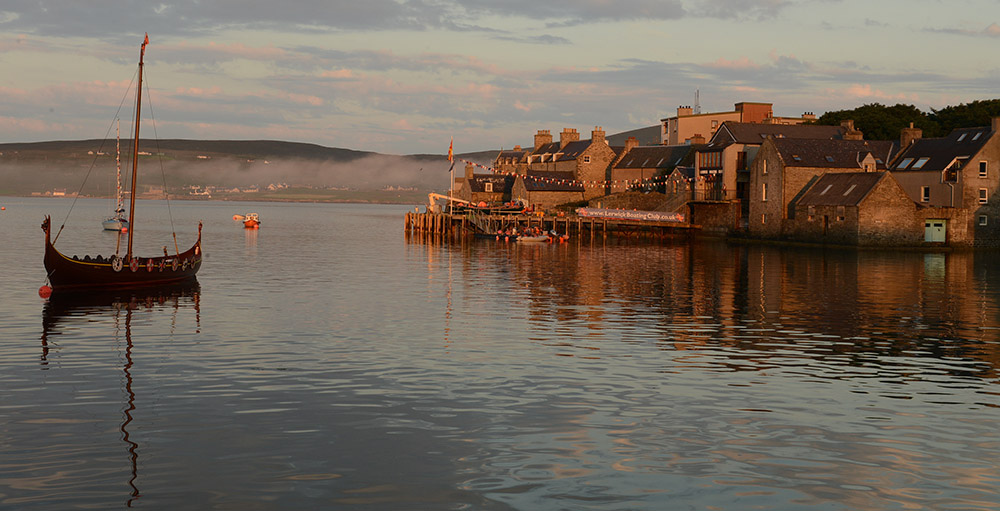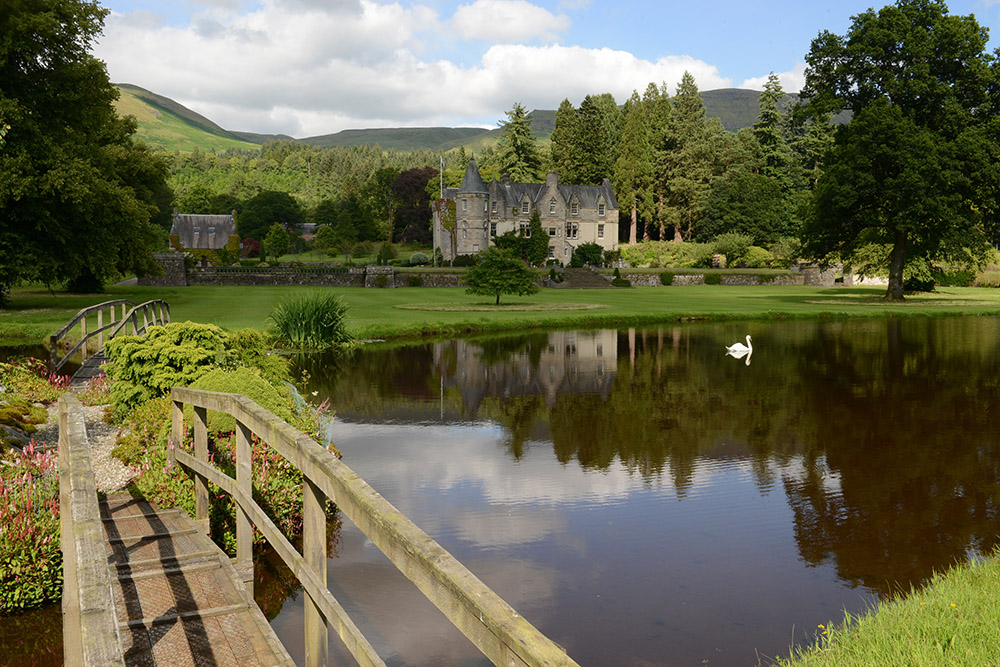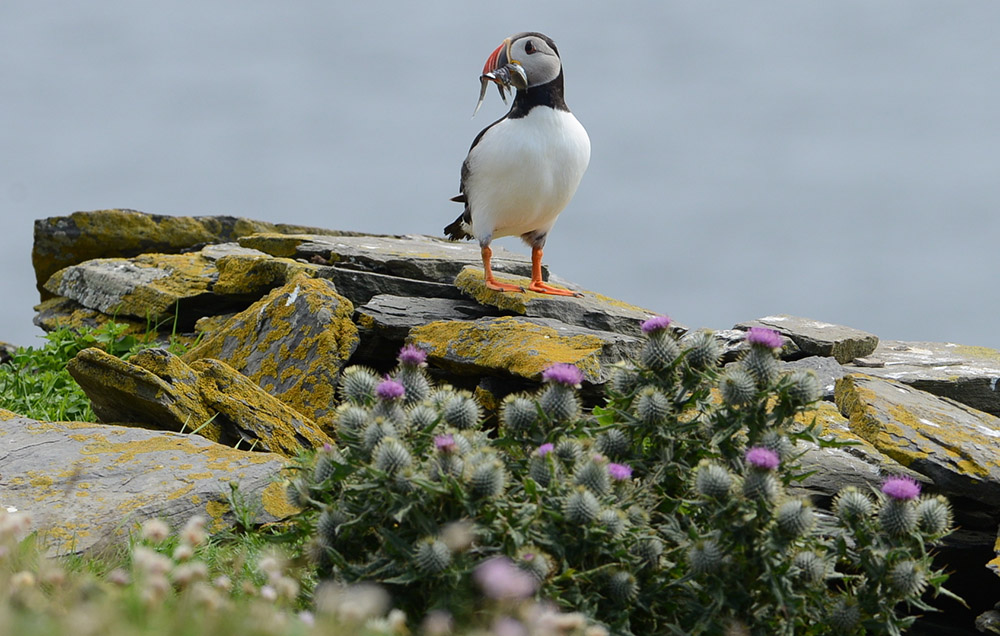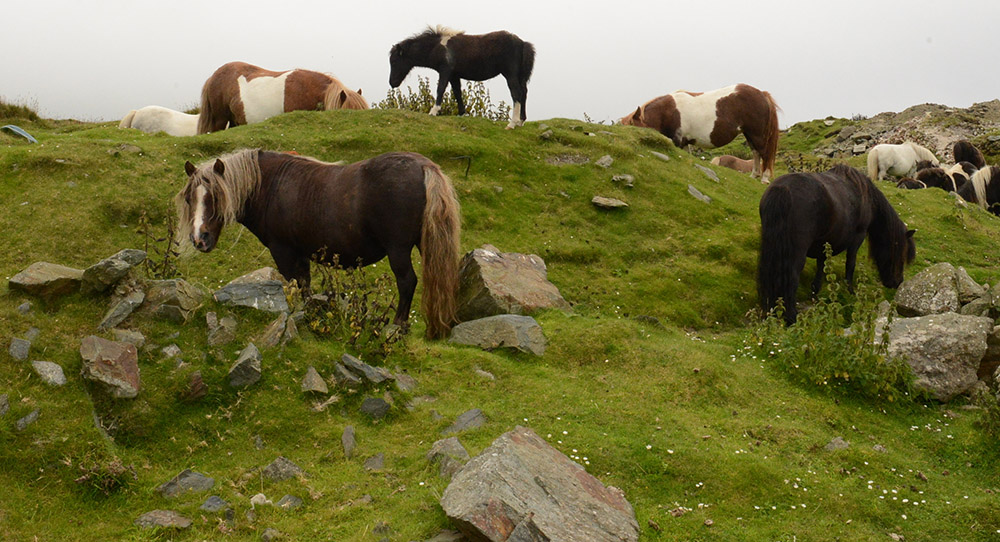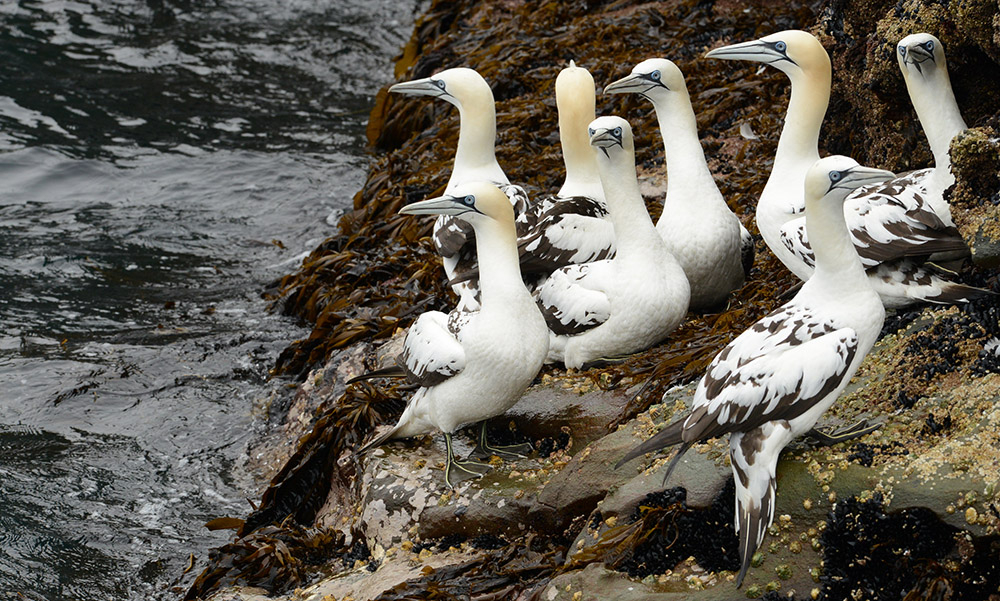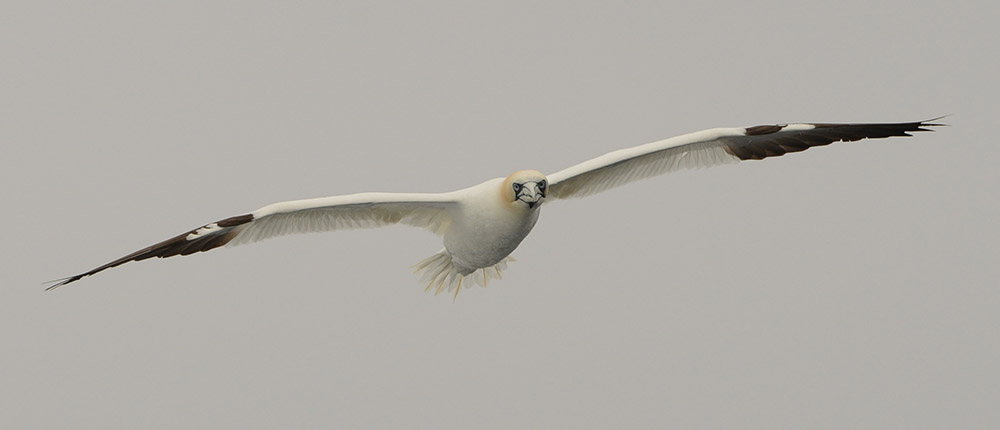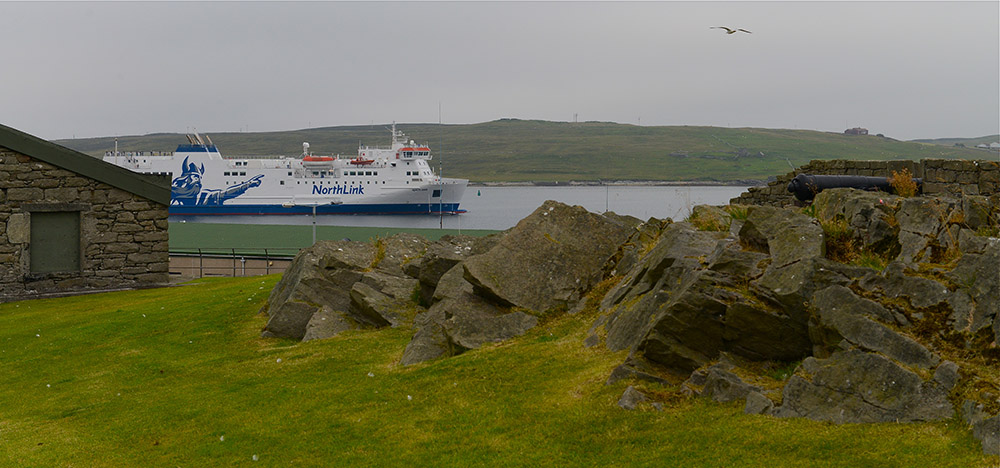Travel around Scotland provides amazing photo opportunities with the awe-inspiring castles, well preserved and accessible ancient ruins, and summer festivals. However a trip to the Shetland Islands (also known as Shetland) is a nature photographer’s dream come true! So last summer my wife and I boarded the Northlink Ferry that sailed overnight from Kirkwall to Lerwick, the capital of Shetland and the main port, located 160 km northeast of mainland Scotland. Lerwick is a thriving coastal town of approximately 8000 residents and originally founded in the 17th century to service the Dutch herring fleets. The original buildings are built of sandstone and the streets are narrow with many quaint shops adjacent to a bustling harbor. Besides commercial fishing and general commerce, Lerwick is also home to many workers involved in the offshore oil and gas industry.
Shetland is made up of approximately 100 islands of which 16 are inhabited. The people are very friendly and have an intriguing natural heritage of Norse and Scottish (in fact the Shetland flag uses the colors of Scotland –blue and white, but in the form of a Nordic cross).
Due to our limited time in the Shetlands, we chose to visit the famous Iron Age ruin (The Broch of Mousa) and three world-renowned National Seabird Reserves: Sumburgh Head; Noss; and Hermaness.
The Broch of Mousa, located on the Isle of Moussa, is a well preserved prehistoric round tower made of stones over 2000 years old! Brochs are hollow-walled structures unique to Scotland but their exact function has not been determined. It just so happens that this particular Broch also is home to thousands of European Petrels that nest between the stones. The Petrels return to their nests each evening with food for their young after feeding out at sea during the day. This spectacle can be observed by booking a tour.
Noss was the first National Nature Reserve we visited and there are two ways to visit the reserve and we recommend doing both: one is by water (the excursion) and the other is by land (the hike). The excursion boat departs from Lerwick and takes you around the island of Noss with an unforgettable view of a massive seabird colony in full swing. The smell of guano, birds jostling for space on the cliffs, a constant deafening chorus of calls, birds coming and going and feeding young but seemingly undaunted by our presence. The second way to observe the seabirds on Noss is by doing the splendid four hour hike along the edge of Noss where the birds can be seen on the cliffs below along with unique, unsurpassed Shetland scenery!
The second reserve we visited was Sumburgh Head located approximately 50 km south of Lerwick on the southern tip of Shetland Mainland. The cliff tops are home to many Atlantic Puffins. They are the star attraction of Shetland and they do not disappoint with their tame nature, colorful bills and legs and penguin-like gait. They lay just one egg in a burrow and when the young are ready to fledge, they do it under the cover of darkness and fly out to sea, are self-sufficient and do not return to land and the colony for two years.
Hermaness was the third reserve we visited located on the northernmost island of Unst which is approximately 100 km north of Lerwick. This wilderness reserve was well worth the trip-spectacular scenery along the way including the diminutive Shetland ponies which originated in the Shetland Isles. They are powerful and hardy- well adapted to the Shetland environment known for wind, rain and cool temperatures. This reserve has an extensive moorland with the flora characterized by arctic alpine plants, wild flowers, moss and lichen. One must keep a close eye on the Greater Skuas overhead as they are always ready to dive-bomb if you stray off the path near their nests!
From close observations of these magnificent seabirds of Shetland it becomes apparent they are all highly specialized in their feeding behavior to thrive in the marine environment. The colorful Atlantic Puffins successfully feed by surface diving and catching Sandeels, the Northern Gannets by doing high-speed plunge diving from great heights and catching shoal fish, the Kittiwakes by doing shallow surface dives feeding on small marine creatures (including Sandeels) and the Greater Skuas by predation (they pirate food away from the other birds and also feed on the eggs and the young of various seabirds).
If you love history and unspoiled, protected, and accessible wilderness teaming with wildlife then Shetland comes highly recommended!
About the Author:
Jim Brohman comes to Wildlife Photography with a background in Zoology and a life-time passion for observing animals in their natural environment. Photography has not only allowed Jim to hold onto these unforgettable moments in nature but to share his fascinating images with like-minded individuals.
Any questions? Contact Jim at Brohman@shaw.ca



